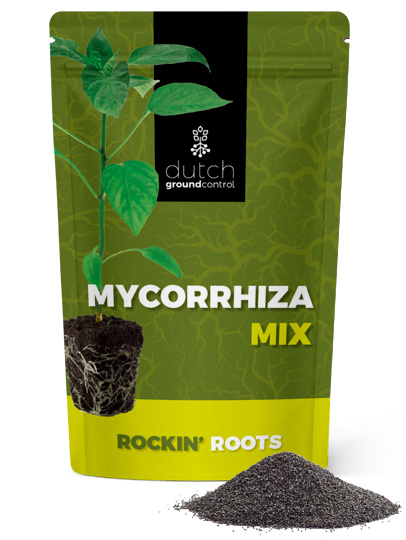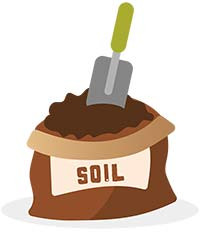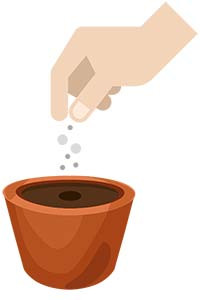User guide Mycorrhiza Mix

Mycorrhiza should be mixed through the soil. As soon as the growing roots come into contact with our spores, the fungi will start to grow, and the foundation is laid for a beautiful symbiosis.
Thanks to the addition of vegetable fungi stimulators, this process will start in less than a week!.
For more product information see our Mycorrhiza Mix

Step 1
Use a total of 5 grams / 0.176 ounce per plant.

Step 2
Mix 4 grams / 0.14 ounce through the soil.

Step 3
Create a small hole for the seedling/cutting.

Step 4
Sprinkle 1 gram / 0.035 ounce of Mycorrhiza into the seed hole.

Step 5
Plant your seedling/cutting.
Additional information
Harmless to humans, animals and the environment.
Not for internal use • Keep away from children • Wash hands after usage • Store dry and cool